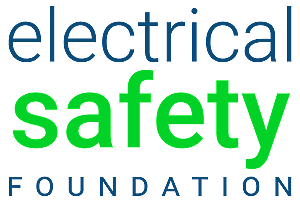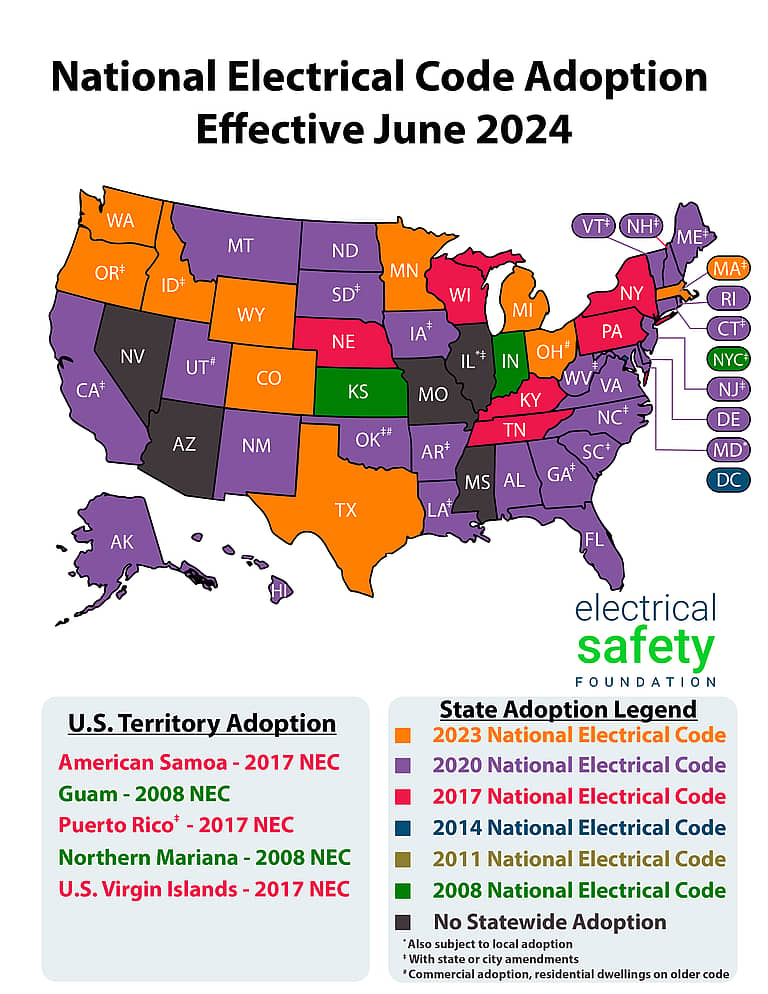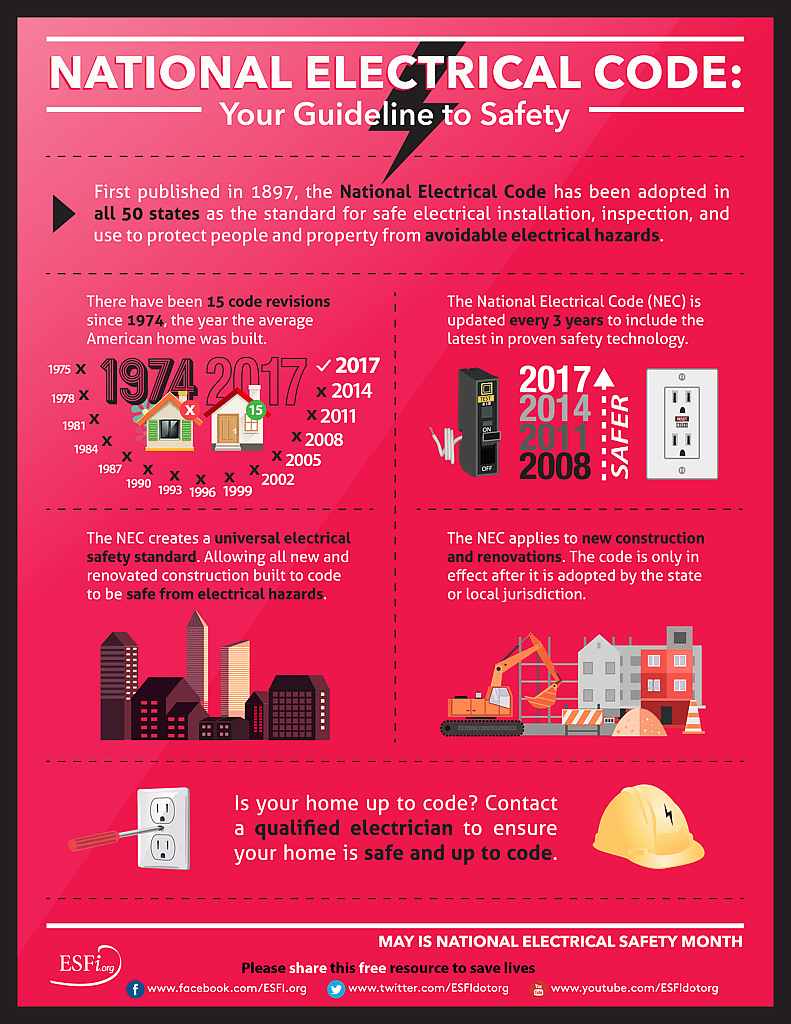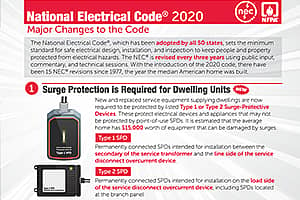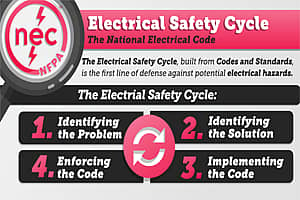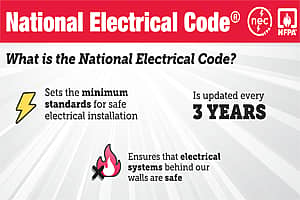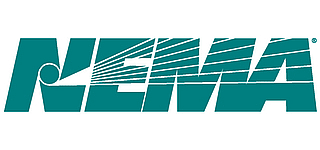- Home Safety
-
-
-
Bring Electrical Safety Home
Protect your home and family from electrical hazards and fires.
-
-
-
- Workplace Safety
-
-
-
Make Electrical Safety a Business Priority
Safe work practices are vital to everyone in your business.
-
-
-
- Disaster Safety
-
-
-
Weather the Storm
New and updated storm safety resources to keep homes and businesses safe during severe weather
-
-
-
- Kids Safety
-
-
-
Elementary Education Resources
Curiosity is a natural part of childhood learning, but it can be extremely dangerous when it comes to electricity.
-
-
-
- Programs & Initiatives
-
-
-
ESFI's Programs and Initiatives
Get the latest information on National Electrical Safety Month, Fire Prevention Week and more!
-
-
-
- Resource Library
